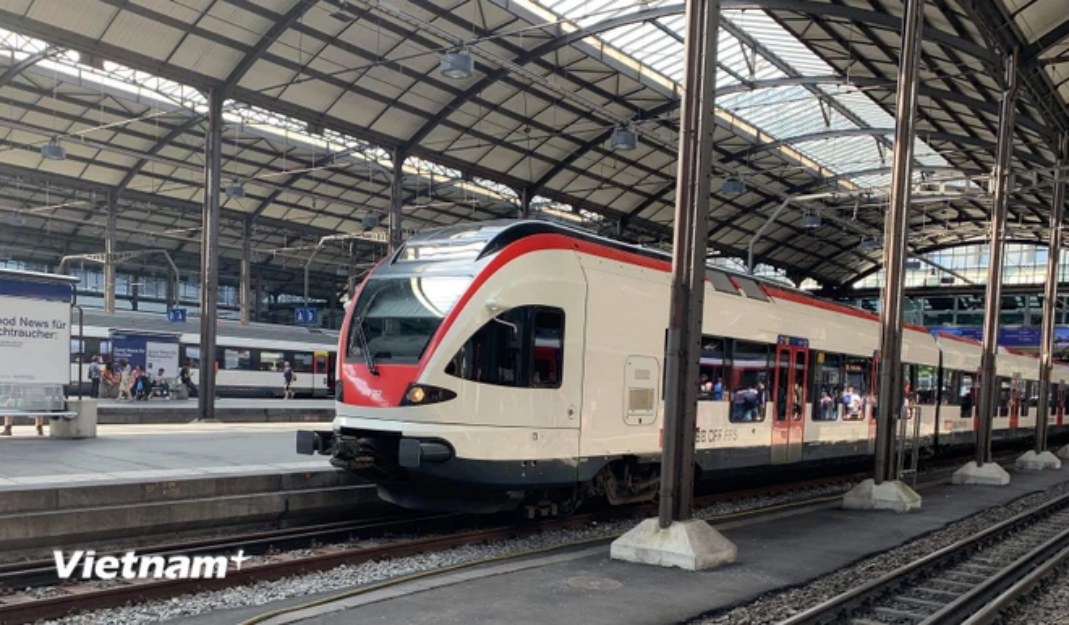HCMC – The Government of Vietnam has proposed using domestic funds to build a high-speed railway linking the nation’s north and south over a period of 12 years, with an estimated US$5.6 billion to be earmarked annually for this big-ticket project.
Transport Minister Nguyen Van Thang presented the proposal to the National Assembly which is having a month-long session that began on Monday (October 21).
Domestic capital would provide greater flexibility than foreign loans, which often come with conditions, Thang said, adding the project is projected to be completed by 2035.
The annual investment will account for 16.2% of the medium-term public investment plan for 2026-2030, assuming public investment remains at 5.5%-5.7% of GDP.
The proposed annual investment represents 1.3% of Vietnam’s GDP in 2023 and is expected to drop to 1% by 2027, when construction begins. By that time, Vietnam’s GDP is forecast to rise to US$564 billion, making this high-speed railway investment more manageable.
While the Government favors domestic investment, it remains open to international loans with favorable terms if available. To keep the project on track, the Government has proposed a special mechanism allowing flexible adjustments to the annual public investment plan. This would give the prime minister authority to approve funding from sources such as government bonds, ODA, concessional loans, and other legitimate financing.
Initially, a 2019 pre-feasibility study suggested a public-private partnership (PPP) model, but the Government is now inclined towards using the state budget due to the inefficiencies often seen in PPP railway projects globally, where many require substantial state support or are later nationalized.
The proposed 1,541-kilometer railway will connect Ngoc Hoi station in Hanoi in northern Vietnam and Thu Thiem station in HCMC in southern Vietnam. It will feature open-track technology, allowing various types of trains to operate and promoting competition. The route will have 23 passenger stations and five freight stations across 20 provinces and cities.
Two development options are under consideration: the entire route could be developed as one project divided into six sections for consistent infrastructure, or it could be split into four independent projects covering specific sections: Hanoi-Vinh (281 km), Vinh-Danang (420 km), Danang-Nha Trang (480 km), and Nha Trang-HCMC (360 km). While the second option might expedite feasibility studies, it could create challenges in integrating technology across different sections.
Construction is expected to start in 2027, beginning with the Hanoi–Vinh and Nha Trang–HCMC sections, followed by the Vinh–Nha Trang section between 2028 and 2029, with the entire line scheduled for completion by 2035.









